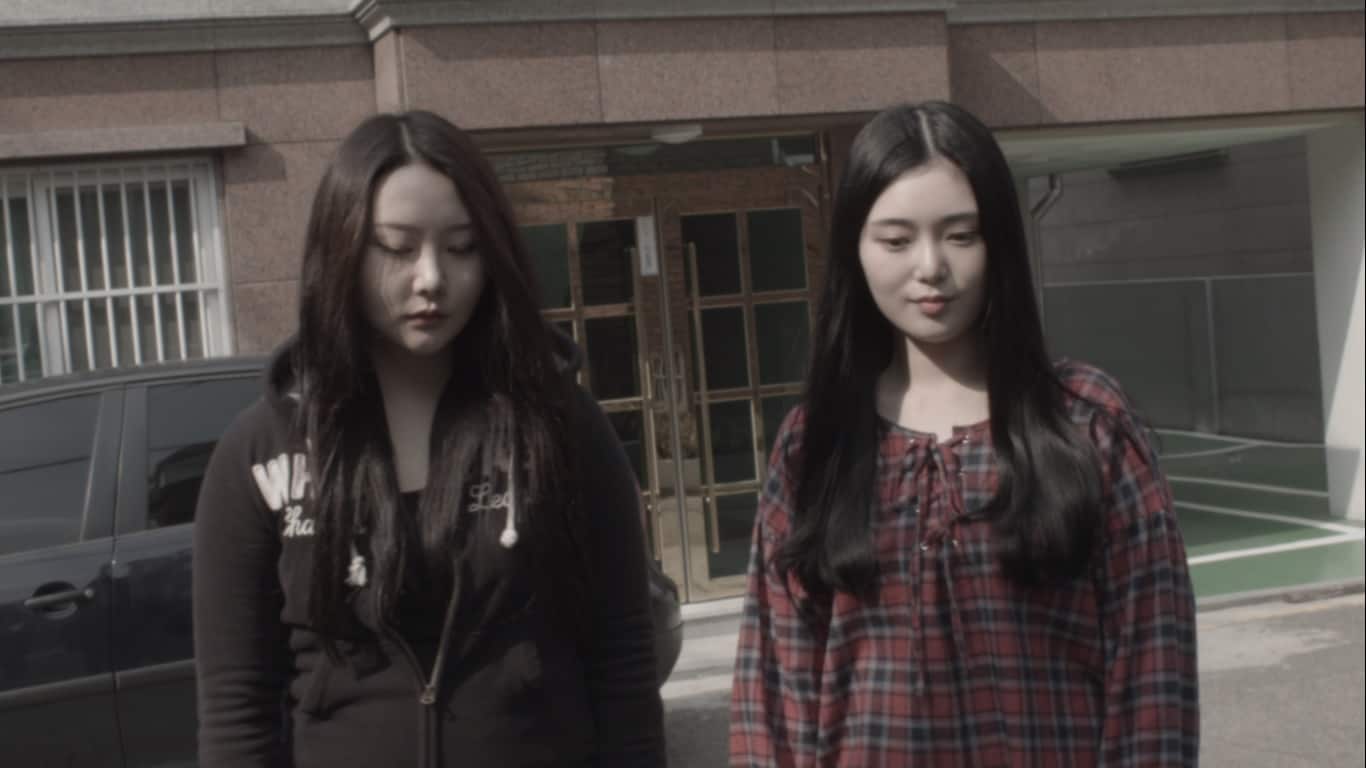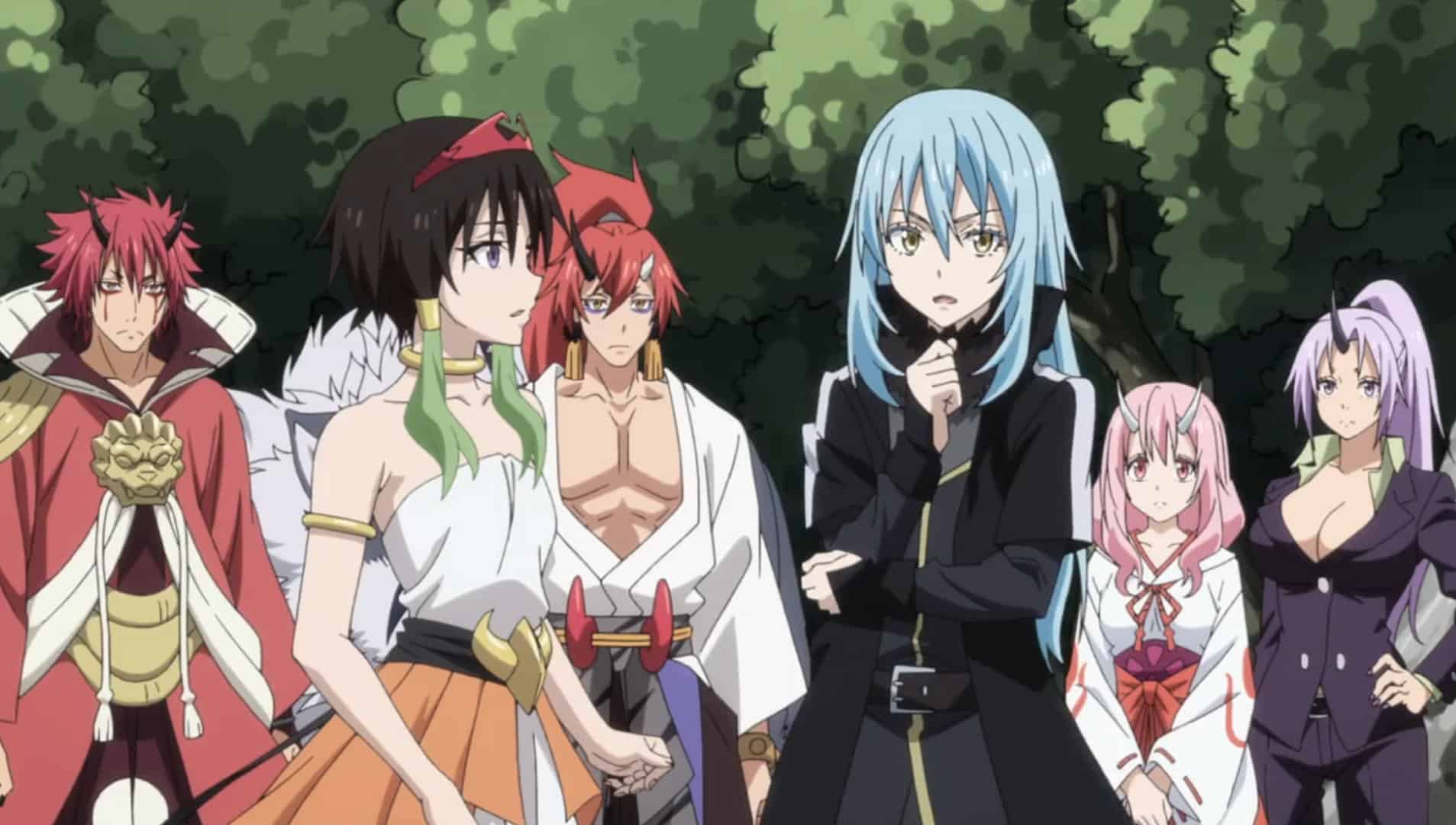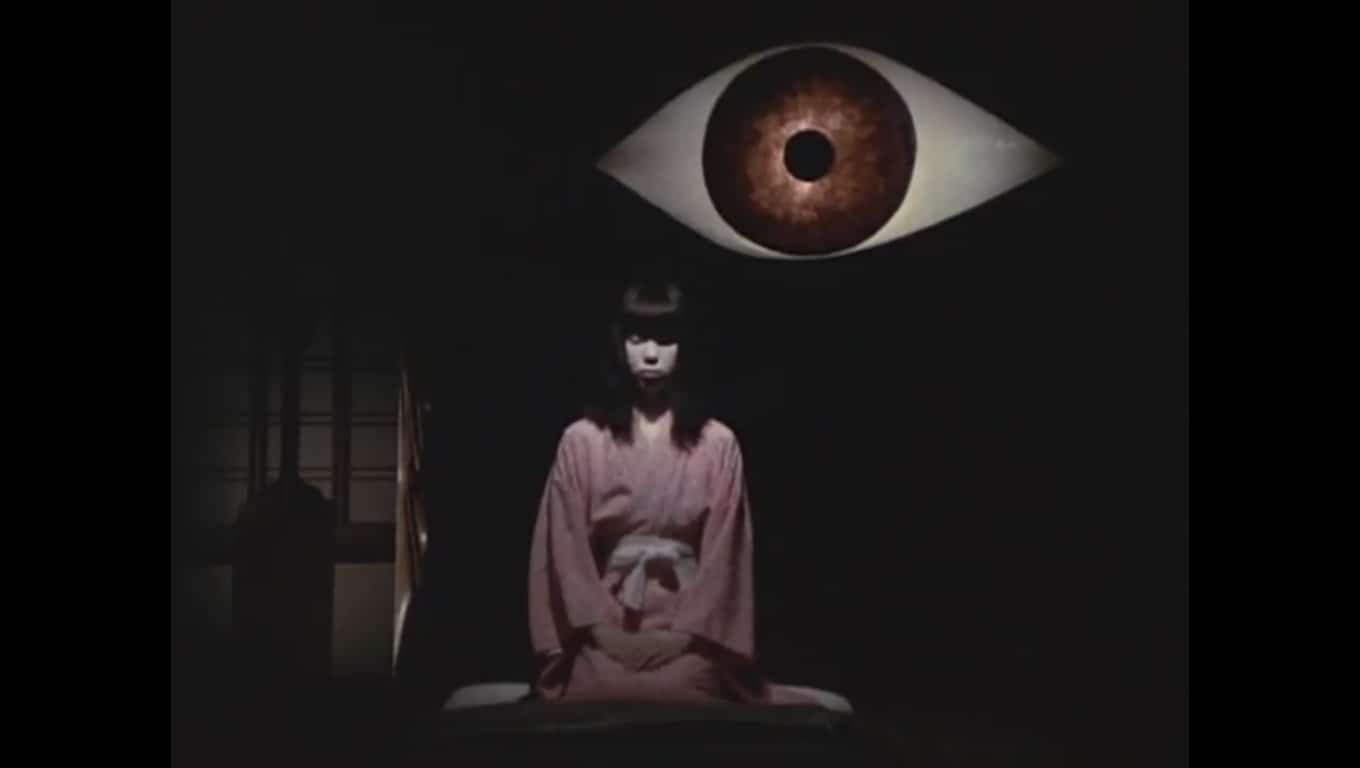Erratic would be an appropriate word to best describe the track record of Godzilla in anime. Generally speaking, the King of the Monsters' appearances in the medium have been primarily cross-over specials or brief segments within a show or movie. An example is Mamoru Oshii's film “Urusei Yatsura 2: Beautiful Dreamer,” which, in one scene, features the characters in a theater watching Ishiro Honda's 1954 classic. As for actual entries to the popular franchise, the first major attempt was an unfortunate misfire. The Polygon Pictures trilogy, while full of interesting ideas and concepts, sadly fell flat in execution and was further hurt by underwhelming visuals. Regardless, their success was enough of a motivator for Toho Animation to produce another project. A few years later, the iconic kaiju's next major attempt at anime would be with the series “Godzilla Singular Point.” This time, the results are glorious.
Directing the series is Atsushi Takahashi, who has worked as a storyboard artist on various anime and was even an assistant director for Hayao Miyazaki's renowned film “Spirited Away.” Takahashi's other directorial works include “Blue Exorcist: The Movie” and “Rideback.” Writing the series is author Toh EnJoe, a former physicist and postgraduate mathematician with a love for science fiction. Producing the visuals would be a collaborative effort by the animation studios Bones and Orange. Upon release, “Godzilla Singular Point” would be met with mixed to positive reception from critics and audiences.
In the year 2030, various individuals, including a graduate student and members of a robotics organization, get involved in a baffling mystery surrounding a mysterious song and the unknown whereabouts of a scientist named Michiyuki Ashihara. Further investigation eerily forewarns of incoming disasters that could lead to the end of the world. Things take a turn for the worst when all around Earth, giant monsters start appearing and causing destruction. There is also continuous growth of a mysterious Red Dust. The cause of the impending Armageddon that would come to be referred to as the Catastrophe soon points to one particular radioactive creature that appears in Japan and is continuously evolving and demonstrating horrific power. The beast would come to be known as Godzilla. The humans seek to do whatever they can to stop the Apocalypse, whether it be the collective efforts of brilliant minds, a weapon that can potentially save humanity, to a robot named Jet Jaguar.
The story is solid and epic in scope, as the entire world is at stake here. Toh EnJoe weaves an outlandish narrative while also embracing the surrealism of it all. There is a lot to unpack in “Godzilla Singular Point,” from the fantastical science fiction elements to all the chaos that ensues. There is a mystery plot and scientific puzzles to be solved, all while giant monsters are causing destruction. The show is also a lot of fun and entertaining. It does a great job of putting the audience in the characters' shoes as they are trying to comprehend all the madness while simultaneously trying to survive and save the world. There is a great balance of humor with overwhelming suspense and compelling drama. Also, elements of religion, culture, folklore and the horrors of nuclear warfare are wonderfully incorporated into the storytelling.
Atsushi Takahashi and the team pay tribute to the entirety of the “Godzilla” franchise and tokusatsu in general. There are countless nice easter eggs sprinkled throughout, some that are obvious while others are more subtle. Sure, it is quite clear that there is influence from previous entries from as far back as the original 1954 film to as recent as “Shin Godzilla.” Yet, it isn't unoriginal, nor does it feel like a shallow rehash of the past. On the contrary, “Godzilla Singular Point” still feels fresh and has its own unique identity thanks to strong direction and writing.
The human characters are memorable and help make the viewing experience all the more engaging. Noteworthy colorful standouts include Mei Kamino, Goro Otaki, Bearach Byrne, and Haberu Kato. The AI personalities Pelops II and Yung are also memorable players in the narrative. This series also takes the charming robot Jet Jaguar, who originally made its debut in “Godzilla vs. Megalon,” and turns them into a lovable and surprisingly cool protagonist who initially starts as a programmed machine but gains personality as the show progresses. Also helping bring the people in “Godzilla Singular Point” to life is the terrific voice acting, particularly the original Japanese cast. That said, the English dub is also pretty good.
The monsters of “Godzilla Singular Point” are mesmerizing, portrayed like real animals, all while feeling like mythical beasts straight out of a classic yokai story. All of them are memorable, from the new creatures such as Salunga to the fresh reimaginings of many classic kaiju, such as Rodan, Anguirus, and Manda. However, it is Godzilla that particularly stands out. The evolution concept from “Shin Godzilla” is utilized here. Yet, this time, the King of the Monsters is depicted more like a powerful demon out of Japanese folklore, unleashing its unstoppable wrath on humanity.
Check also this interview
The combined efforts of Bones and Orange paid off here. The animation is gorgeous, and the art style balances being unique and visually appealing with a nice combination of 2D and 3D aesthetics. All the kaiju look great, especially the continuously evolving Godzilla, the highlight being the creature's imposing fourth form. The monster fights are brutal and intense, certainly some of the most violent confrontations in the franchise. Equally impressive is the way shots are composed throughout the series. Beyond great animation, the music is also fantastic. Kan Sawada's compositions are majestic, including a phenomenal rendition of Akira Ifukube's iconic “Godzilla” theme. However, perhaps the most memorable part of the soundtrack in the show is the eerily haunting lullaby “ALAPU UPALA,” which also plays a key component in the story of “Godzilla Singular Point.” It is powerful and unforgettable, with foreboding lyrics written by Goro Matsui and beautiful vocals performed by Indian singer Annette Philip. The various other renditions of the tune are also great, including one with a choir accompanying Philip's singing. “in case…” by BiSH and “Aoi” by Polkadot Stingray are delightfully catchy.
“Godzilla Singular Point” is a great show and one of the more underrated anime in recent years. Beyond being a nice love letter to the legacy of the iconic monster, it succeeds as a unique and creative entry in the “Godzilla” franchise. Throughout 13 episodes, it balances out being fun and entertaining while creating suspense and delivering thrills. On top of that, it takes advantage of the fact that it is in animation, not held back by production complications often present during the making of the live-action movies. The series is a gem and worth checking out.

















